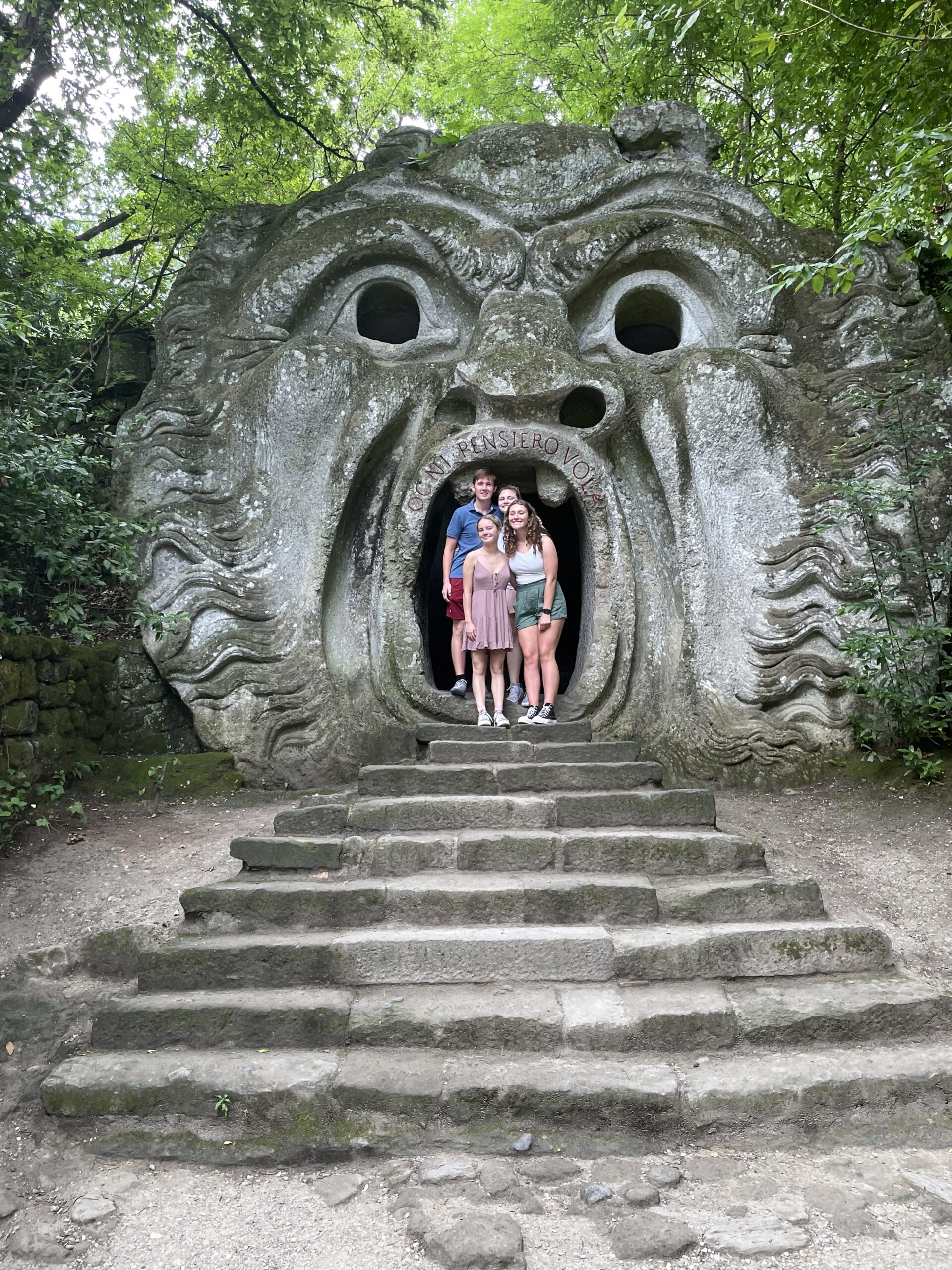
sediments to pediments
November 20 – January 19
An atrium exhibition on the second floor of the Prior.
If the human history of Rome, the Eternal City, goes back three thousand years, its geological timescale extends over more than two million years, when the entire region lay beneath the sea. The interdisciplinary 2023 Maymester course “Sediments to Pediments,” co-taught by faculty in Biology and Visual Arts, put the study of the Roman urban environment into dialogue with the geological sciences, exploring how these disciplines intersect in this extraordinary physical setting. Rome and its surroundings are rich with geological materials, including limestone or travertine, tufa or volcanic stone, pozzolana or volcanic sand (essential for concrete construction), and deep deposits of alluvial clays (suited for the shaping and firing of terracotta and brick). Through the first hand study of basic rock formations – in both natural and built environments – students explored the combined geological and cultural processes that contributed to the formation of Rome and the Italian peninsula, examining archaeological and architectural sites as a nexus of geological and human evidence.
Details
November 20 – January 19
Price
Free
Venue
Atrium (second floor)
+ Google Map
Presented by
Visual Arts Department and Department of Biology